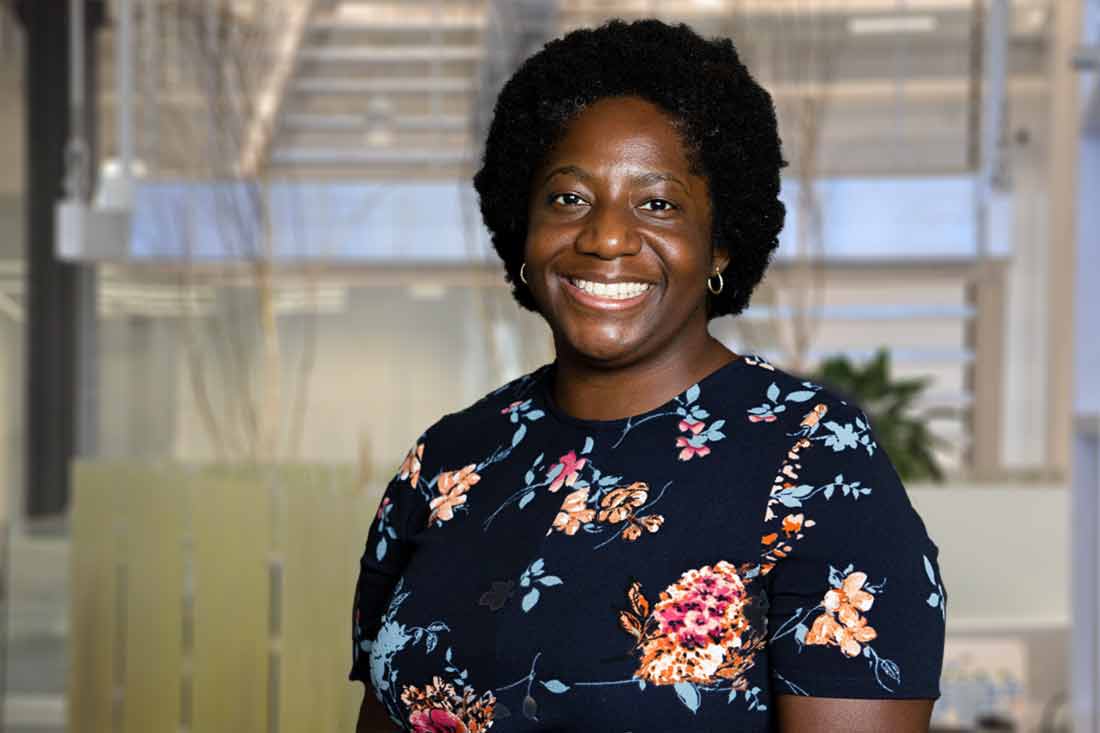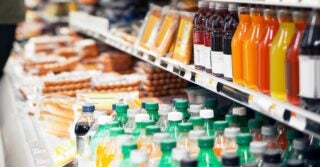- Resources
- The world has a packaging problem — a new tool gives companies the ability to fix it
Resources
The world has a packaging problem — a new tool gives companies the ability to fix it
Published: August 23, 2021 by EDF Staff
Roughly 8.3 billion tons of plastic had been generated globally as of 2017, almost half of which is single-use plastic packaging. In addition to filling up landfills and oceans, packaging, including for food, contains a variety of toxic chemicals that pose serious health risks to humans and the environment.

For companies, growing attention and concerns about the environmental and health impacts of packaging can put their reputation on the line. And while we’re seeing more momentum to accelerate sustainable packaging, right now, it’s not enough.
The Understanding Packaging (UP) Scorecard is a new, first-of-its kind tool that measures commonly used foodware and food packaging materials with a single yardstick to provide companies with the information needed to make sustainable purchasing decisions. The UP Scorecard, currently in beta version, was created by the Single-Use Material (SUM) Decelerator, a new collaboration of representatives from leading food service companies and environmental NGOs, including EDF.
Companies can use the UP Scorecard to help accelerate a clean circular economy, while also building consumer loyalty and managing against financial and reputational risks, by demonstrating their commitment to protecting human and environmental health.
The packaging problem is big, and progress is too slow
Tackling food packaging at scale requires meaningful action from companies across the food industry, especially those at the end of the supply chain, such as large-chain restaurants, food service organizations and food delivery corporations, and grocers. But corporate progress on safer and sustainable packaging has been slow.
In recent years, several companies have made statements of support to reduce packaging, but only 11 percent of all brand owners and retailers have committed to concrete goals for the future. Competing product claims make it nearly impossible for companies to know which materials truly are safer and more sustainable.
In addition to waste, packaging materials can be a source of toxic chemicals exposure. Chemicals such as per- and poly-alkyl fluorinated substances (PFAS) and ortho-phthalates are lurking in materials, from pizza boxes to fast food wrappers, salad bowls and plastic containers, and are getting into our food and into our bodies. In fact, about 12,000 intentionally added substances and up to 100,000 non-intentionally added substances potentially migrate into food from various food contact articles.
Of the 22 major grocers scored in the Mind the Store’s fifth annual Retailer Report Card, which evaluates retailer actions around toxic chemicals in consumer products and packaging, fewer than half of the grocers addressed food packaging in their policies. Only one grocer that addressed packaging received an overall grade of A-minus or higher, while the majority received C-plus or lower.
What’s causing the lack of momentum? Competing product claims, such as compostable, recyclable, low-carbon, non-toxic, make it nearly impossible for companies to know which materials truly are safer and more sustainable. In some cases, companies are struggling to balance tradeoffs. For example, choosing a material with a lower water or carbon footprint might result in an option that contains more toxic chemicals.
Innovation and collaboration are key to accelerating change
Companies have an opportunity and responsibility to champion safer, more sustainable food packaging. Here are three reasons why the UP Scorecard is the type of innovative and collaborative solution that has potential to drive change at scale.
- Companies can compare different food or beverage container types (such as cup lids) against each other in order to choose the container with the lowest environmental and health impacts. Materials are scored against six critical impact areas: climate; water use; plastic pollution; sustainable sourcing; recoverability; and, importantly, chemicals of concern. Featuring a new harmonized comprehensive Food Contact Chemicals of Concern List, companies can more readily compare food packaging materials by their likelihood to contain and leach out chemicals of concern.
- The scorecard is customizable depending on business priorities. For example, users can tweak factors such as percentage of recycled content, use of sustainability certifications, and whether the material is free of chemicals on the Food Contact Chemicals of Concern List.
- The scorecard is backed by rigorous science. The assessments presented are informed by reputable data sources, primary research and interviews with leading experts in the sustainability and packaging fields.
Learn more about the UP Scorecard and test it out on UPScorecard.org.
